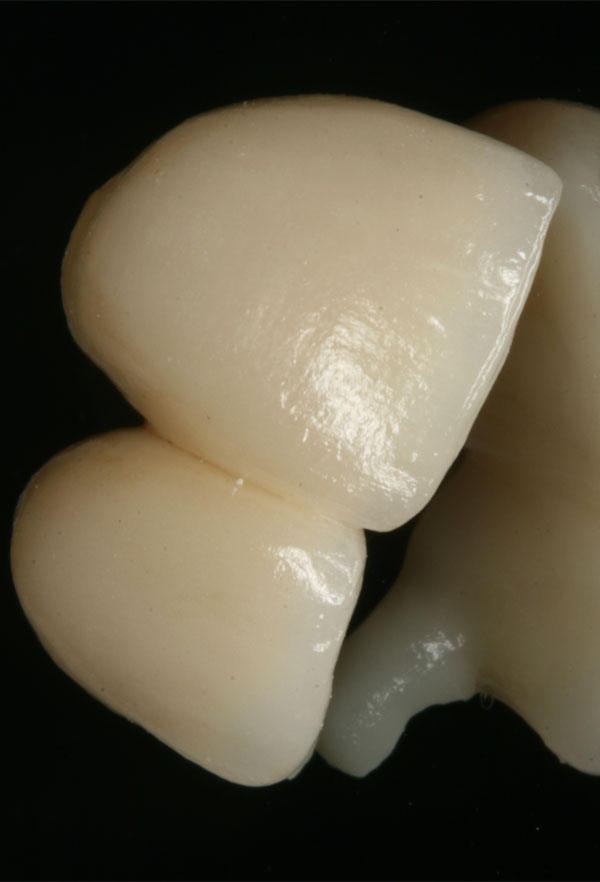Cantilevers in partial fixed prostheses
Cantilevers appear to work reliably in edentulous patients, but can I use cantilevers in partially edentulous patients? Will I encounter more complications using cantilevers in implant-supported partial reconstructions?
Cantilevers in partial fixed prostheses have been proven to be a viable option. They can be used predictably when treatment needs to be simplified or in cases involving anatomical limitations.
OK. Cantilevers in partially edentulous patients can be considered a valid option for complex cases to avoid more advanced surgery or for aesthetic reasons. But in view of so many biomechanical complications what would be the safe optimal length of the cantilever?
The evidence currently available covers cantilevers as small/short as 6mm and up to two occlusal units long. The mean length of the cantilevers is 10mm.
Once we have checked that cantilevers work, can I also safely place prostheses on a single implant supporting one crown and one cantilevered pontic?
Only two retrospective studies on 44 prostheses were included, and showed a 97% survival rate in 6–18 years of follow-up. But the data is so scarce that this design still cannot be recommended for routine clinical use.

- 1. In partial reconstructions, cantilevers (either mesial or distal, and up to two units or 10mm) can be considered a valid option to simplify treatment, but they seem to present more technical complications
- 2. We have very little data on cantilevers on single implants, so they cannot be recommended for routine use